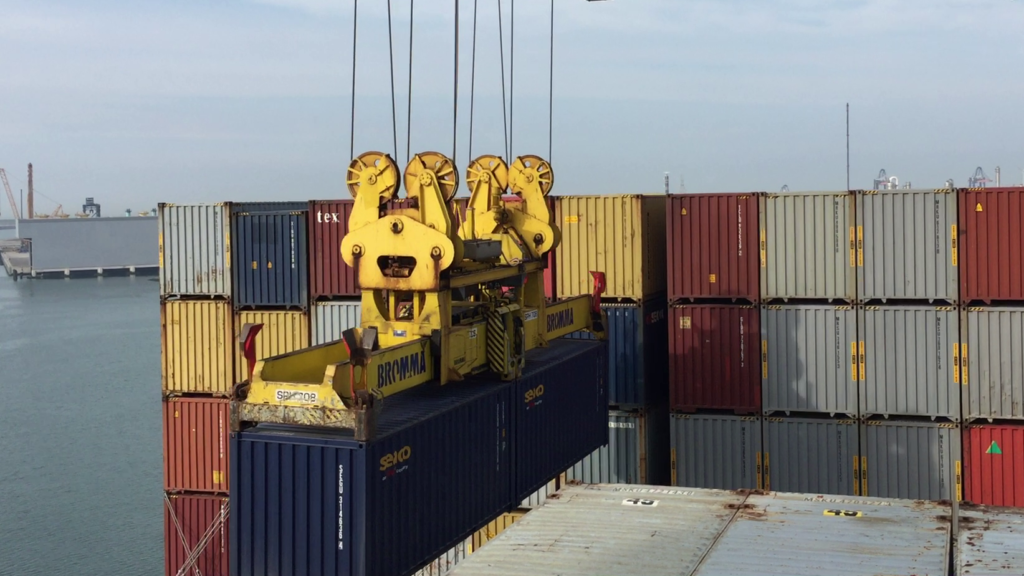Shipping lead-acid batteries by sea requires careful handling and adherence to safety regulations to prevent accidents, leaks, or environmental contamination. Here are some precautions to consider when shipping lead-acid batteries by sea.
- Packaging: Ensure that the batteries are properly packaged in sturdy, leak-proof containers that are designed specifically for transporting hazardous materials. Use packaging materials such as absorbent pads and cushioning to prevent movement and minimize the risk of damage during transit.
- Labeling: Clearly label the packages as containing lead-acid batteries and display appropriate hazardous material warning labels in accordance with international shipping regulations, such as those set by the International Maritime Dangerous Goods (IMDG) Code.
- Documentation: Complete all necessary shipping documentation accurately and ensure that it includes information about the contents, quantity, weight, and any special handling instructions for the lead-acid batteries. Provide the necessary safety data sheets (SDS) or material safety data sheets (MSDS) as required.
- Segregation: Separate lead-acid batteries from other cargo and ensure they are not packed together with incompatible materials that could react dangerously in the event of leakage or damage.
- Stowage: Stow lead-acid battery shipments securely in designated areas of the vessel that are well-ventilated and away from heat sources, sparks, or open flames. Follow guidelines for proper stowage to prevent shifting or damage during rough seas.
- Handling: Train personnel involved in loading and unloading the batteries on proper handling procedures to minimize the risk of physical damage or puncture that could lead to electrolyte leakage.
- Emergency response: Have appropriate emergency response procedures in place in case of leaks, spills, or other incidents during transit. This may include providing spill containment kits, protective gear, and instructions for responding to battery-related emergencies.
- Compliance: Ensure compliance with relevant international shipping regulations, such as the IMDG Code, and any additional requirements imposed by national or regional authorities.
- Insurance: Consider obtaining appropriate insurance coverage to protect against potential liabilities associated with the transportation of hazardous materials like lead-acid batteries.
By following these precautions and adhering to safety regulations, you can help ensure the safe and secure transportation of lead-acid batteries by sea while minimizing the risk of accidents or environmental harm.


